
OSI: Physical Layer - Layer 1 (Part 8)
Definition
The physical layer (layer 1) sits at the bottom of the Open Systems Interconnect (OSI) model, and is designed to transmit bit streams using electric signals, lights, or radio transmissions.
Responsibilities
The physical layer is responsible for the following tasks:
-
Maintaining Physical Connection: The physical layer is responsible for establishing and maintaining a physical connection between devices. This includes the physical medium (cables, fiber optics, wireless signals) and the connectors used to link devices together.
-
Data Encoding and Signaling: The physical layer is responsible for converting digital data into signals that can be transmitted over the physical medium. This includes encoding the data into bits and modulating the signals to ensure they can be transmitted over the medium. Of course, we do not send JSON or XML over the wire, we send
1s and0s. The physical layer is responsible for converting these1s and0s into electrical signals, light pulses, or radio waves that can be transmitted over the physical medium. -
Bit Synchronization: The physical layer ensures that the sender and receiver are synchronized in terms of the timing of the bits being transmitted. This ensures that the receiver can correctly interpret the data being sent.
-
Bit Rate Control: The physical layer controls the rate at which bits are transmitted over the physical medium. This includes managing the speed of data transmission and ensuring that the sender and receiver are operating at the same rate.
-
Physical Topology: The physical layer defines the physical layout of the network, including the arrangement of devices and cables. This includes the physical topology (e.g., bus, star, ring) and the physical characteristics of the medium (e.g., cable length, signal strength).
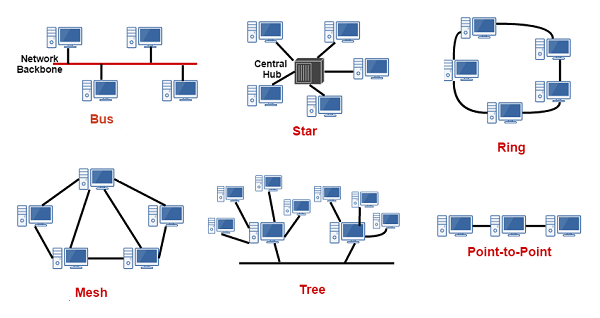
Protocols
The Physical Layer (Layer 1) of the OSI model doesn’t rely on protocols in the same way higher layers do. Protocols define rules and formats for communication, but the physical layer deals with the raw physical transmission of data bits.
Here’s why protocols aren’t used at the physical layer:
- Focus on Raw Data: The physical layer transmits individual data bits (1s and 0s) without any specific structure or format. Protocols define how to organize and interpret data, which isn’t needed at this basic level.
- Hardware-Specific Operations: The physical layer deals with the electrical, optical, or wireless characteristics of the medium. These are governed by physical laws and engineering standards, not by network protocols.
However, the physical layer does utilize various specifications and standards that define how data is transmitted:
- Encoding Schemes: These define how 1s and 0s are represented by signal variations on the medium (e.g., Manchester encoding for Ethernet).
- Signaling Standards: These specify the electrical or optical characteristics of the signals used for transmission (e.g., RS-232 for serial communication).
- Physical Interface Standards: These define the connectors, plugs, and sockets used to connect devices to the physical medium (e.g., RJ-45 connectors for Ethernet cables).
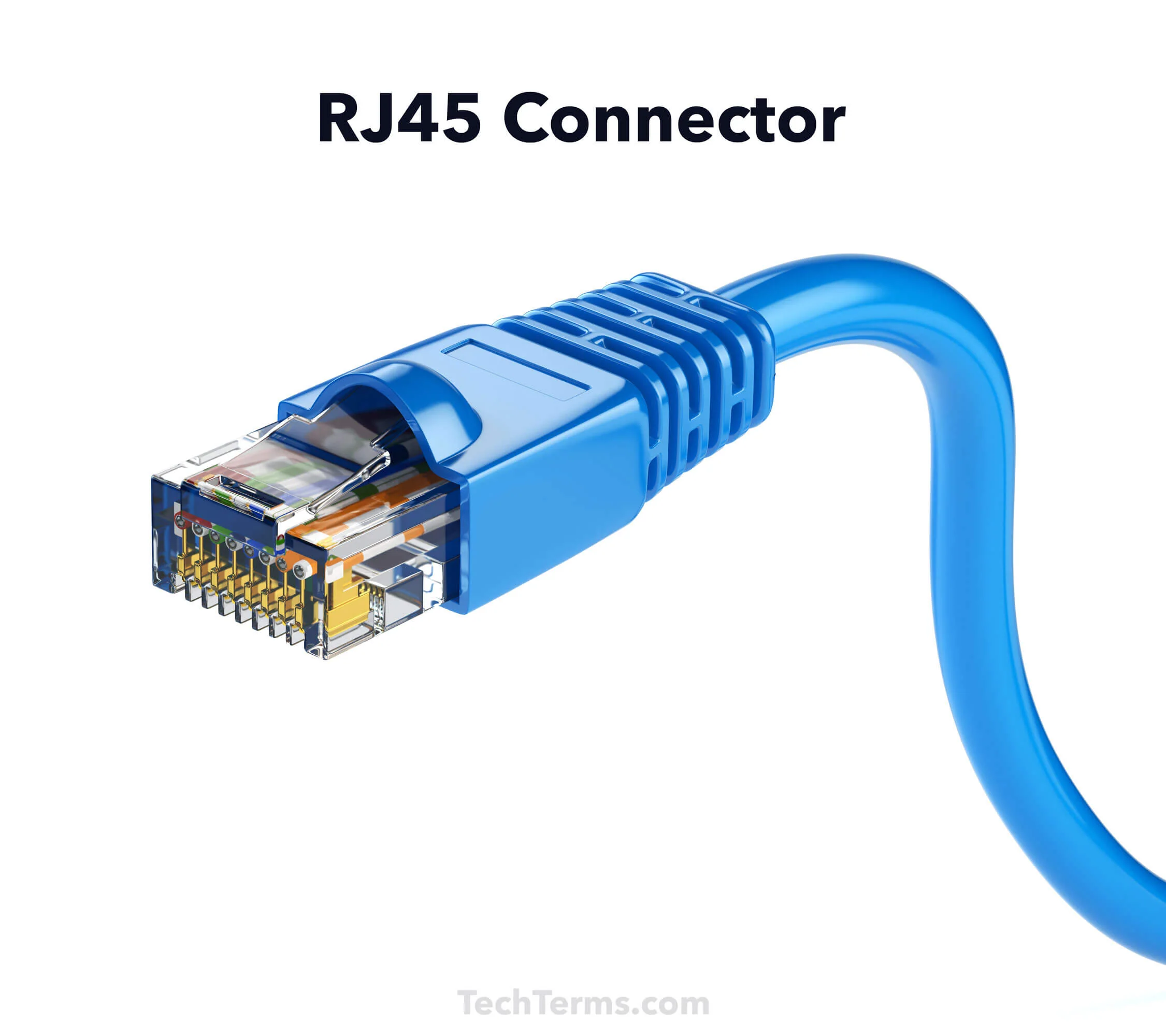
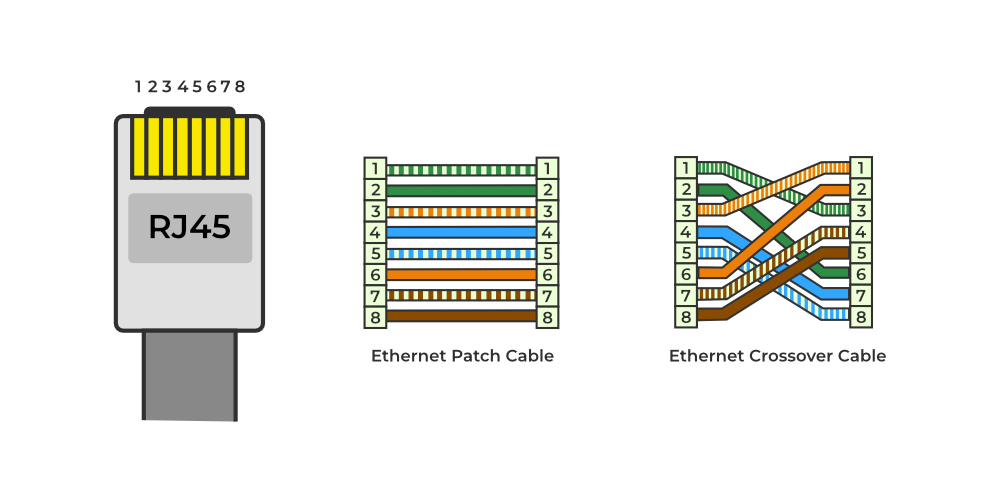
Devices
I would like to mention some of the devices that are used in the Physical layer, but firstly let’s consider what is physical media and what are the types of it.
Physical Media
Physical media refers to the actual cables, wires, and other materials used to transmit data signals between devices on a network. Different types of physical media have distinct characteristics, such as speed, distance, and cost, which can impact network performance and scalability.
Here are some common types of physical media used in networking:
- Copper Cables: Copper cables, such as twisted-pair cables and coaxial cables, are widely used for Ethernet connections. They are affordable, easy to install, and provide reliable data transmission over short to medium distances. There are different categories of twisted-pair cables, such as Cat5e, Cat6, and Cat6a, which offer varying speeds and performance levels. Data is transmitted over copper cables using electrical signals.
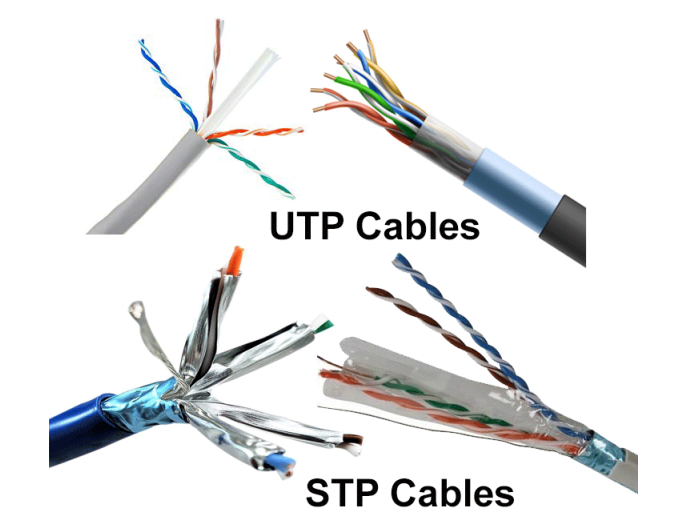
- Coaxial Cables: It’s still copper cable, but I would like to mention it separately. Coaxial cables are used for cable television, internet connections, and other high-speed data transmission applications. They consist of a central conductor surrounded by an insulating layer, a conductive shield, and an outer insulating jacket. Coaxial cables provide better shielding and higher bandwidth compared to twisted-pair cables. Data is transmitted over coaxial cables using electrical signals.
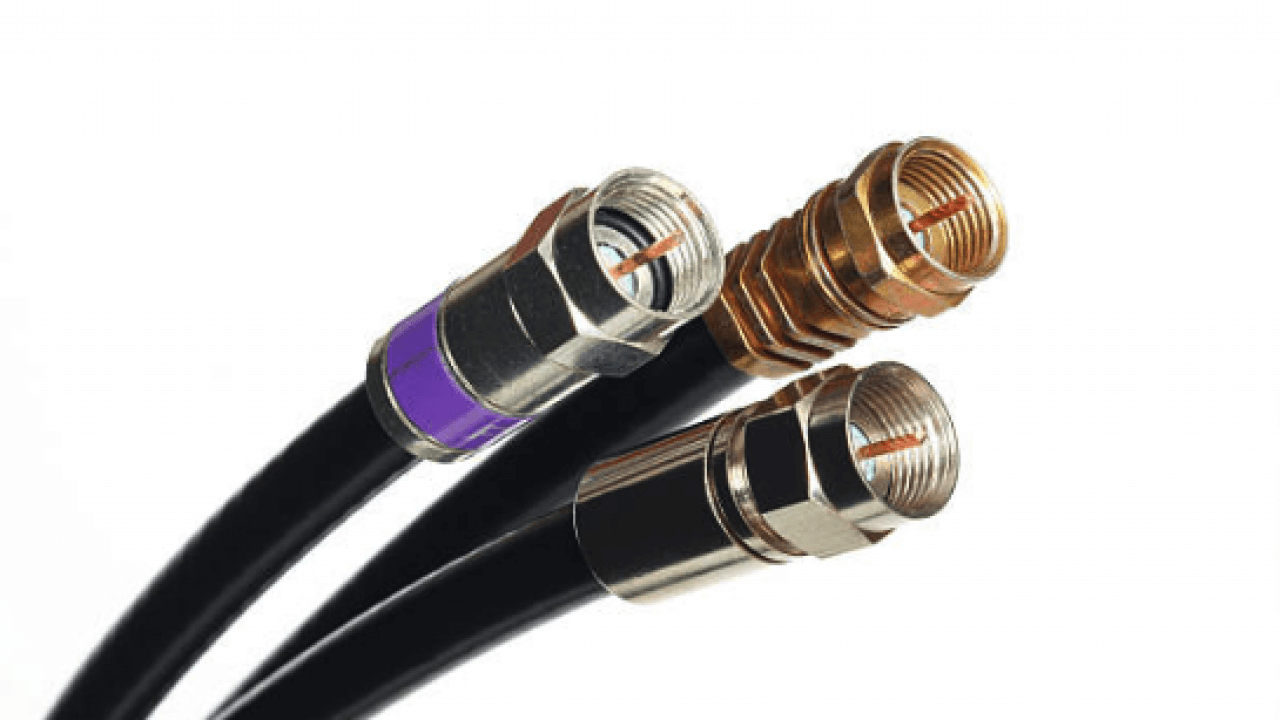
- Fiber Optic Cables: Fiber optic cables use light signals to transmit data over long distances at high speeds. They are immune to electromagnetic interference and offer greater bandwidth and security compared to copper cables. Fiber optic cables are commonly used for high-speed internet connections, long-distance networking, and data center interconnects. Inside the cable can be found glass or plastic fibers that are used to transmit data. So data is transmitted using light signals over these fibers.
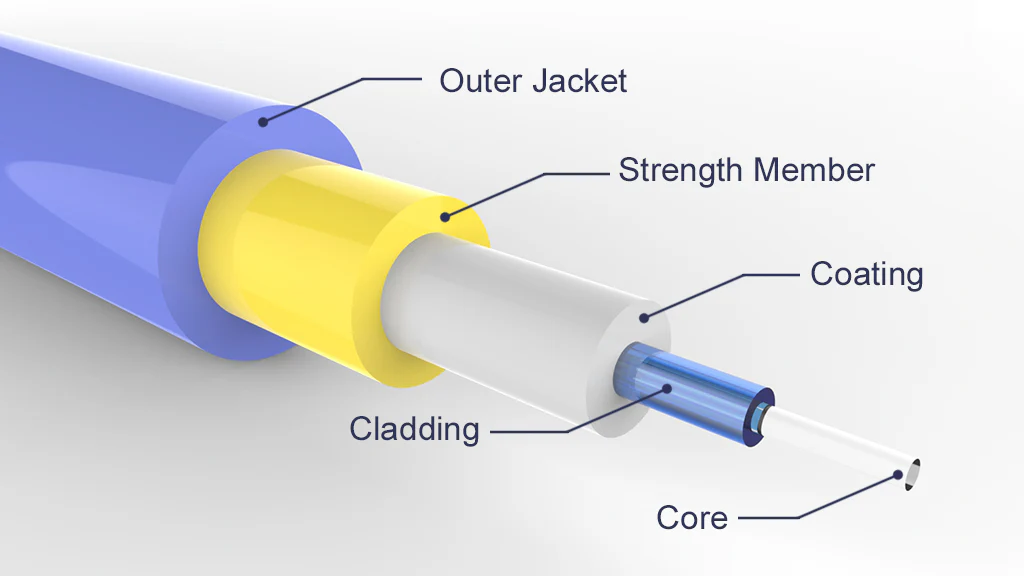
- Wireless Signals: Wireless signals, such as Wi-Fi and Bluetooth, use radio waves to transmit data between devices. They provide flexibility and mobility, allowing devices to connect without physical cables. Wireless networks are commonly used in homes, offices, and public spaces for internet access and device connectivity. Data is transmitted over the air using radio waves.
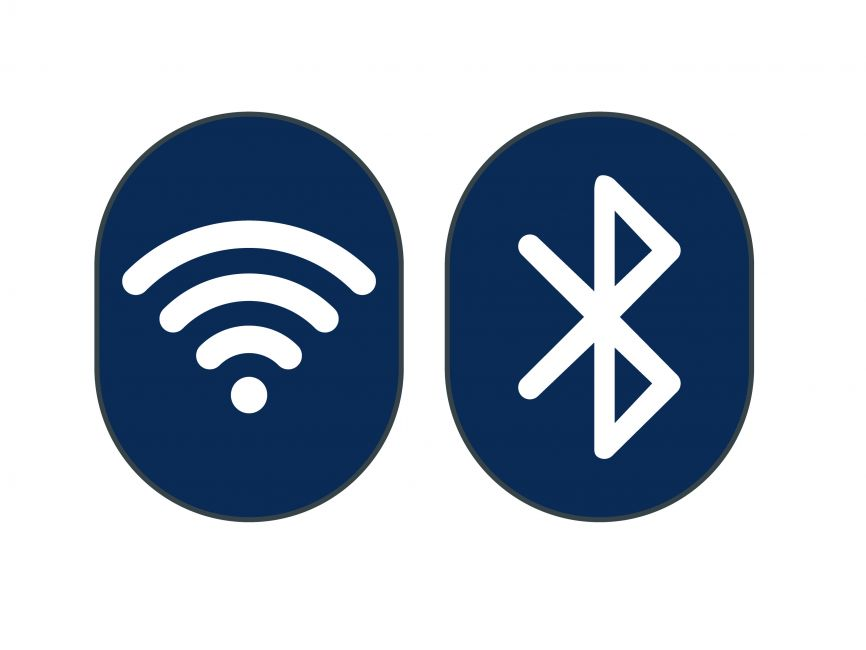
And now let’s consider some of the devices that are used in the Physical layer:
- Repeater: A repeater is a device that regenerates and retransmits signals to extend the range of a network. It operates at the physical layer and is used to boost signal strength over long distances.
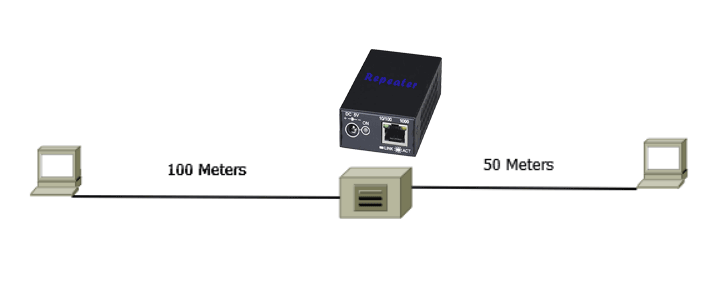
- Modem: A modem (modulator-demodulator) is a network hardware device that converts digital data from a computer or other device into a format suitable for transmission over a physical medium like telephone lines, coaxial cables, or fiber optic cables. It performs the opposite function when receiving data, converting the signal back into digital form for the device. In modern home networks, modems are often integrated with routers and sometimes access points into a single unit. This combined device provides internet connectivity, network traffic management, and wireless network access functionality.
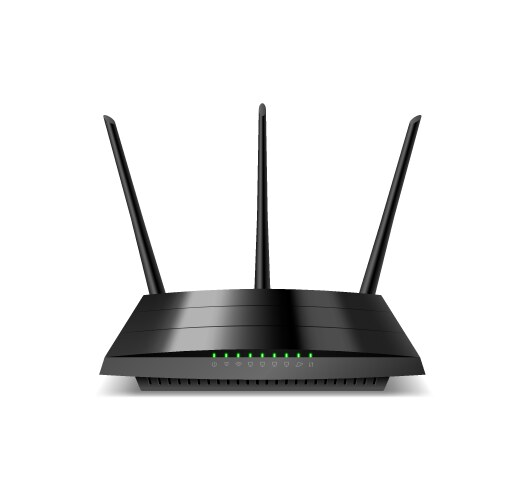
- Transceiver: A transceiver is a device that combines the functions of a transmitter and receiver. It is used to transmit and receive data over a network medium, such as Ethernet cables or fiber optics.
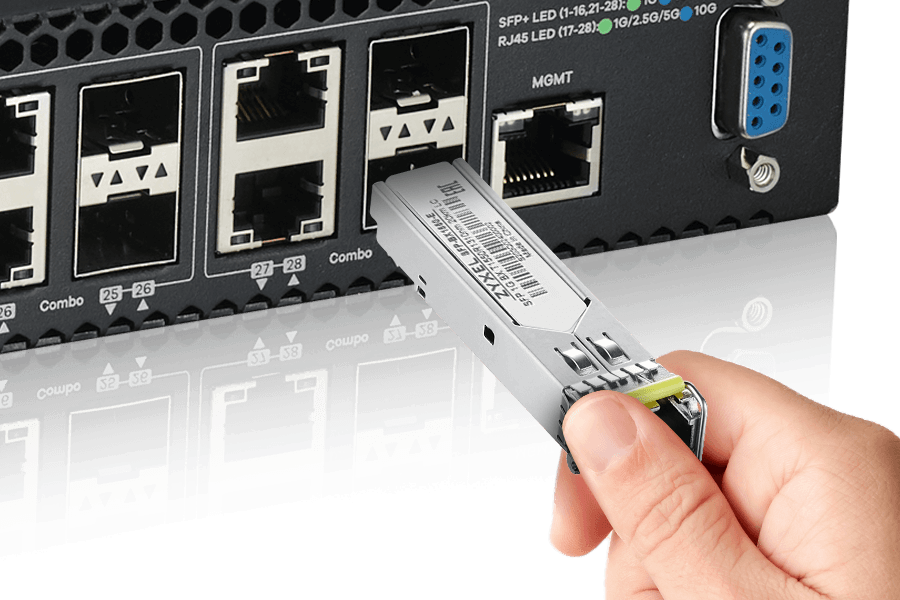
- Media Converter: A media converter is a device that converts signals between different types of media, such as copper and fiber optic cables. It operates at the physical layer and is used to connect devices with different media types.
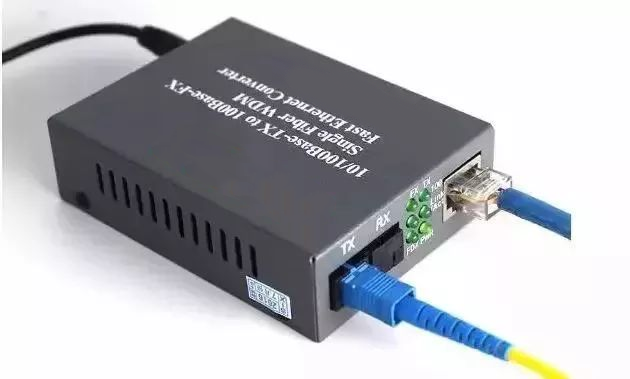
Conclusion
The physical layer of the OSI model is the foundation of network communication, responsible for transmitting data over physical media.
- It establishes and maintains physical connections between devices.
- It converts digital data into signals that can be transmitted over the physical medium.
- It ensures that data is transmitted at the correct rate and timing.
- It defines the physical layout of the network, including the physical topology and characteristics of the medium.
The physical layer doesn’t rely on protocols in the same way higher layers do, but it does use specifications and standards to define how data is transmitted.
This was the last post in the OSI series. I hope you enjoyed learning about the seven layers of the OSI model and how they work together to enable network communication.